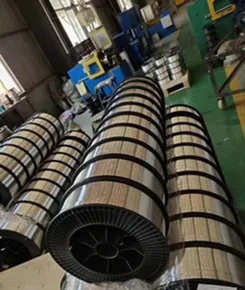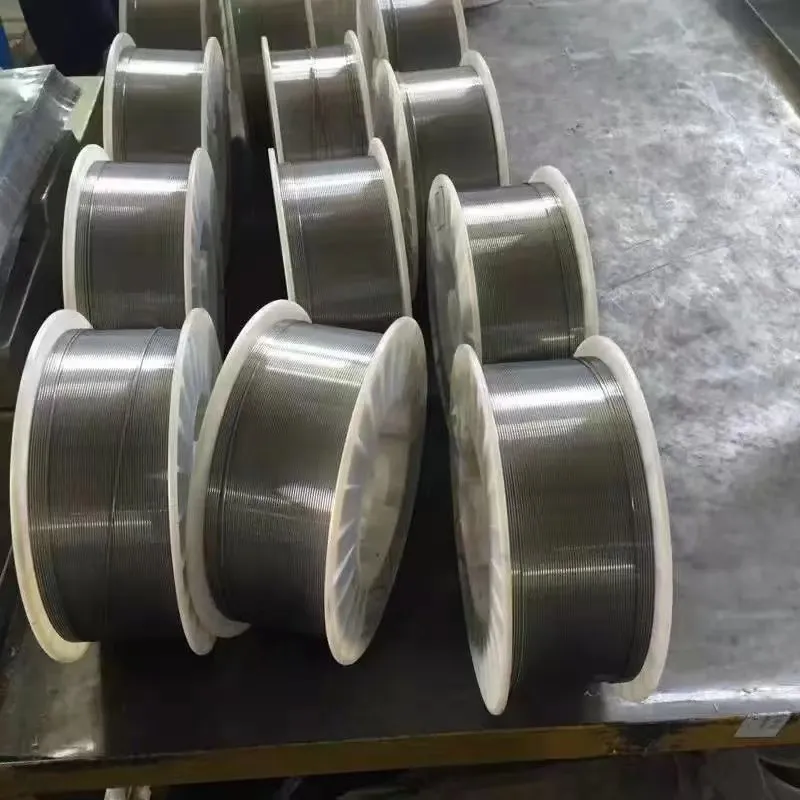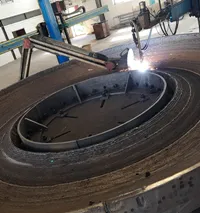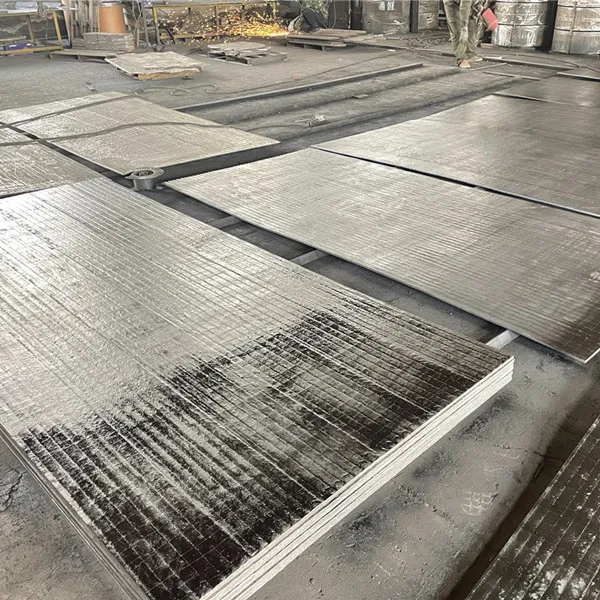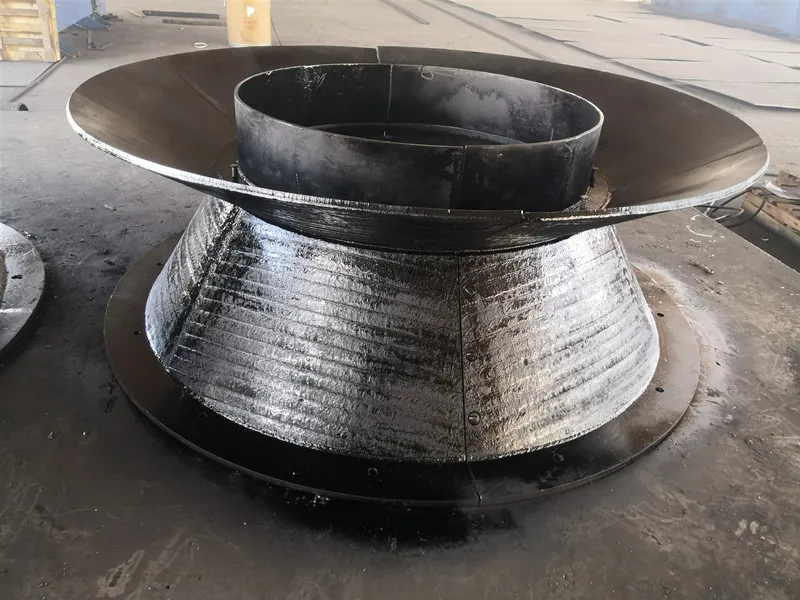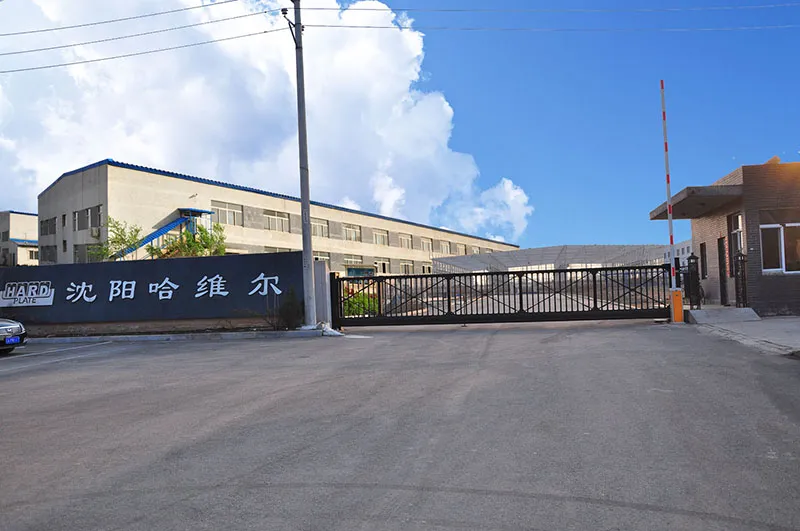Trends in the Development of Arc Welding Electrode Types: Applications and Industry Prospects
Arc welding electrodes are indispensable tools in the field of metal processing, with applications spanning multiple industries such as construction and aerospace. With the continuous advancement of technology, the demand for specialized welding electrodes is growing rapidly, primarily due to innovations in materials, automation technology, and sustainability. This article will explore the latest application trends of different types of arc welding electrodes and their future development prospects.
1. Expanding Applications Across Key Industries
Aerospace and Defense
Inconel 718 TIG welding rods are widely used in high-temperature environments such as jet engines, rocket components, and exhaust systems due to their excellent oxidation resistance and creep resistance.
Aluminum welding rods (Al-Si, Al-Mg alloys) are crucial for lightweight aircraft structures, enabling reduced fuel consumption while maintaining strength.
Automotive and Electric Vehicle Manufacturing
E6013 and E7018 electrodes dominate low-carbon steel welding in chassis and body repairs, forming high-strength, crack-resistant welds.
Low-temperature aluminum welding rods enable rapid repair of electric vehicle battery housings and heat exchangers without damaging sensitive components.
Construction and Infrastructure
Stainless steel electrodes are widely used in bridges, pipelines, and chemical plants due to their corrosion resistance.
Cast iron electrodes are suitable for repairing heavy machinery and structural components in harsh environments.
Marine and Shipbuilding
Aluminum-magnesium (Al-Mg) electrodes resist saltwater corrosion and are suitable for ship hulls and offshore platforms.
Coated electrodes prevent porosity during underwater welding, ensuring weld durability.
2. Technological Advancements Driving Demand
Automation and Intelligent Welding
Robotic welding systems are increasingly adopting specialized welding rods to achieve high-precision welding in aerospace and automotive assembly.
Welding rods integrated with IoT sensors can monitor welding quality in real time, reducing defect rates.
Additive Manufacturing (3D Printing)
Wire arc additive manufacturing (WAAM) uses ZL205A aluminum welding rods to 3D print large aerospace components at high deposition rates.
Optimizing electrode angles (e.g., 100° obtuse angles) enhances interlayer adhesion of printed structures and reduces porosity.
Sustainable and Eco-Friendly Solutions
Recyclable aluminum welding wire supports green manufacturing by reducing waste in lightweight designs.
Low-spatter, energy-efficient welding rods reduce emissions in industrial welding processes.
3. Future Market Trends
Custom alloy development: Develop specialized aluminum welding rods for high-strength lightweight composite materials in the electric vehicle and aerospace exploration sectors.
AI-driven welding optimization: Machine learning can predict the optimal welding rod type for specific metals and joint structures.
Expanding into renewable energy sectors: The manufacturing of wind turbines and solar frames will drive increased demand for corrosion-resistant aluminum welding rods.

